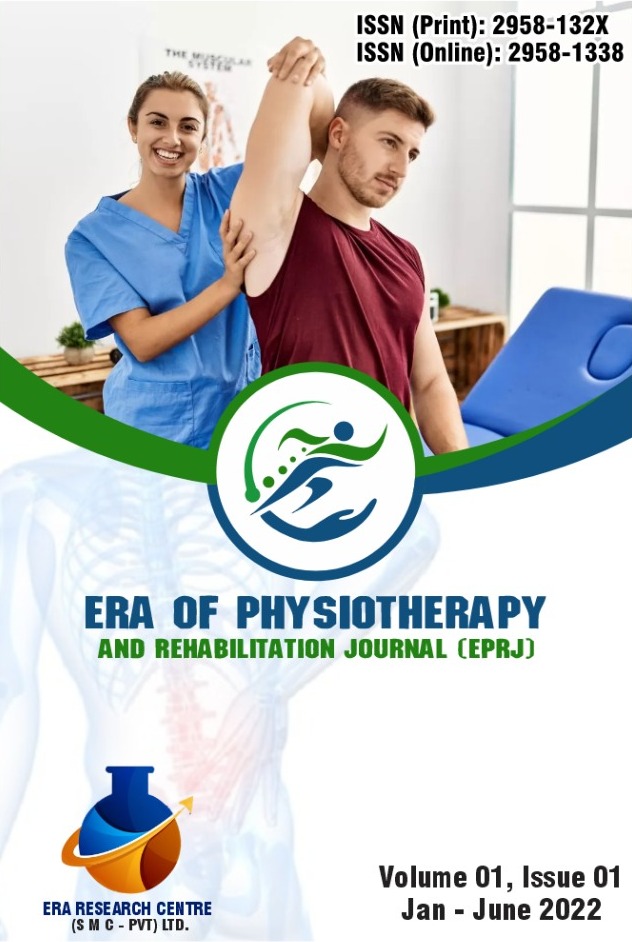Relationship Of Neck Pain and Functional Disability Associated with The Use of Hijab Among University Students of Lahore
Relationship Of Neck Pain and Functional Disability
Abstract
Objective: The objective is to assess the relationship between neck pain and functional disability associated with the use of hijab among university students of Lahore.
Study Design: Cross-sectional study.
Setting: Data was collected from different University students
Methodology: A cross-sectional study was conducted on 137 hostile females using a non-probability convenient sampling technique. The data was collected from different hostels in Lahore. The premenstrual syndrome scale and Pittsburgh sleep quality index (PSQI) questionnaire were used for data collection.
Results: The mean age of study subjects was 22±2.64203 years. The minimum age was 18 years, and the maximum age was 28 years. 31.8% of university females reported mild pain, 36.5% reported moderate pain, and 20.3% had severe pain. There was no disability (0-4 scores) in 20.3% hijab wearing females, mild disability (5-14 score) was seen in 30.4% hijab wearing females, moderate disability (15-24 scores) was found among 33.8% hijab wearing females, and there was severe disability (>34 scores) in 15.5% with p-value <0.001 and person correlation is (r = .911).
Conclusion: There is a significant relationship between neck pain and functional disability associated with wearing hijab in university students. As the duration of hijab-wearing increases, neck pain and functional disability also increase. There may be a possibility of decreased neck pain and functional disability by decreasing the duration of hijab-wearing. Future research should be conducted to find the relation between poor posture in hijab-wearing females and the duration of time they use to wear it.
Key Words: Hijab, Neck pain, functional disability (NDI),



